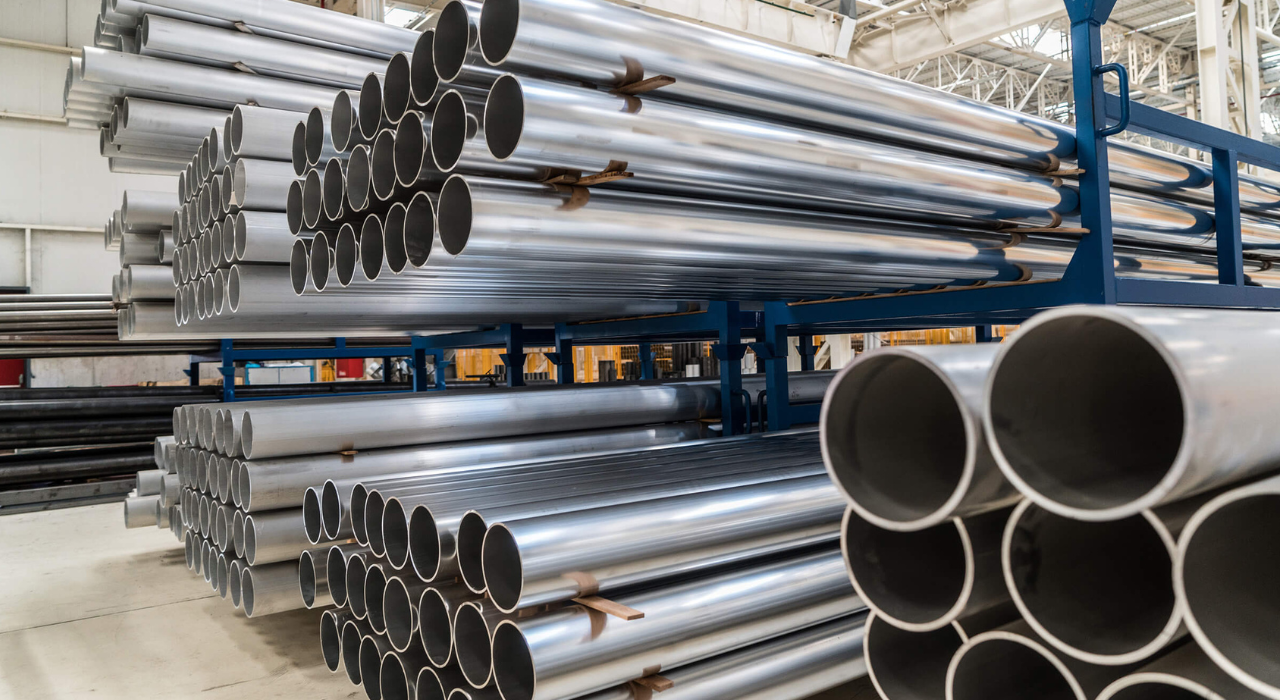When it comes to plumbing and production, choosing the proper type of pipe is vital for making sure each functionality and sturdiness. Two famous alternatives that regularly come into attention are galvanized pipes and black iron pipes, each imparting specific benefits desirable to exceptional packages. Knowledge of the differences between those materials can help you make an informed choice that meets your specific needs.
In any case, the choice between these two sorts of pipes, performing 1- 2 Inch Black Iron Pipe Vs Galvanized Pipe includes something beyond thinking about their fundamental properties. Factors, for example, cost, solidity, installation ease, environmental exposure, pressure resistance, and compatibility with different materials also play a huge part in deciding the most ideal decision for a specific project.
Considerations for Selecting Between Galvanized and Black Iron Pipe
Picking between 1-2 inch black iron pipes and galvanized pipes includes assessing a few basic elements. Each kind of pipe has unmistakable highlights that can make it pretty much reasonable for different applications. The following are a few critical factors to consider while pursuing your decision:
Application And Usage
The intended application is essential whilst deciding between galvanized and black iron pipes. Galvanized pipes are flexible and typically used in plumbing, drainage systems, and for conveying water. They're extensively utilized in scaffolding and production initiatives in which structural strength is essential.
Black iron pipes, however, are mainly used for fuel delivery pipes, hearth sprinkler structures, and other high-pressure applications. Their ability to handle high temperatures makes them ideal for heating structures. Whilst selecting the type of pipe, don't forget the precise necessities of your venture and whether the pipe may be exposed to water or corrosive environments.
Corrosion Resistance
Corrosion is a huge concern when choosing pipes for any application, particularly in conditions where dampness or destructive substances are available. 1-2 inch Black iron pipes are powerless against corrosion, particularly when exposed to dampness or water. The absence of a defensive covering means that after some time, black iron pipes will rust, prompting possible holes, blockages, and pipe corruption.
Conversely, black iron pipes are extra vulnerable to corrosion, mainly when uncovered to moisture. Therefore, they're generally used in applications wherein they won’t be uncovered to water, which include gas distribution. If black iron pipes are used in areas with excessive humidity or direct water contact, they must be correctly handled or painted to lessen the threat of rust.
Durability and Longevity
The durability and longevity of a pipe are basic contemplations, especially for long-term establishments that require insignificant support and substitution. While 1-2 inch black iron pipes are known for their solidarity and capacity to endure high pressure, they have a more limited life expectancy contrasted with galvanized pipes when presented with dampness.
Galvanized pipes normally have a more drawn-out life expectancy, particularly in open air or soggy conditions, because of their corrosion-safe covering. The zinc covering forestalls rust, broadening the existence of the pipe in any event, when presented to the components. Nonetheless, over the long run, the zinc covering can wear off, particularly in high-dampness conditions, prompting possible rust and consumption.
Cost and Budget
Cost is dependably a significant element when picking materials for any project. The underlying speculation, as well as the drawn-out support costs, ought to be thought of. For the most part, 1-2 inch black iron pipes are more affordable than galvanized pipes because of the absence of extra covering. This settles on a practical decision for gas pipes and applications where consumption opposition is not an essential concern.
Galvanized pipes are more costly and upfront because of the galvanization cycle, which adds a defensive zinc covering. Notwithstanding, their protection from consumption can prompt expense reserve funds over the long run by decreasing the requirement for fixes and substitutions. In conditions where dampness is a worry, the underlying greater expense can be legitimate by the more drawn-out life expectancy and decreased upkeep requirements.
Ease of Installation and Maintenance
The simplicity of installation and the maintenance required can likewise impact the choice between black iron and galvanized pipes. 1-2 inch Black iron pipes are ordinarily heavier and require more work to cut and string. This can make the establishment more work serious and tedious, possibly expanding the general expense of an undertaking.
Galvanized pipes are likewise generally weighty, yet the zinc covering makes them smoother and more straightforward to deal with. The establishment interaction is like black iron pipes, however, the additional insurance against consumption implies that support can be less incessant. Be that as it may, assuming the zinc covering is harmed during establishment, it can think twice about the pipe's protection from consumption.
Sum Up
Picking between 1-2 inch black iron pipes and galvanized pipes includes cautiously thinking about different factors, including the planned application, consumption obstruction, sturdiness, cost, simplicity of establishment, natural elements, pressure resilience, feel, similarity, and security. 1-2 inch Black iron pipes are great for gas pipes and high-pressure applications where consumption opposition is definitely not an essential concern but galvanized pipes are more qualified for water pipes and open-air applications because of their consumption-safe zinc covering.


